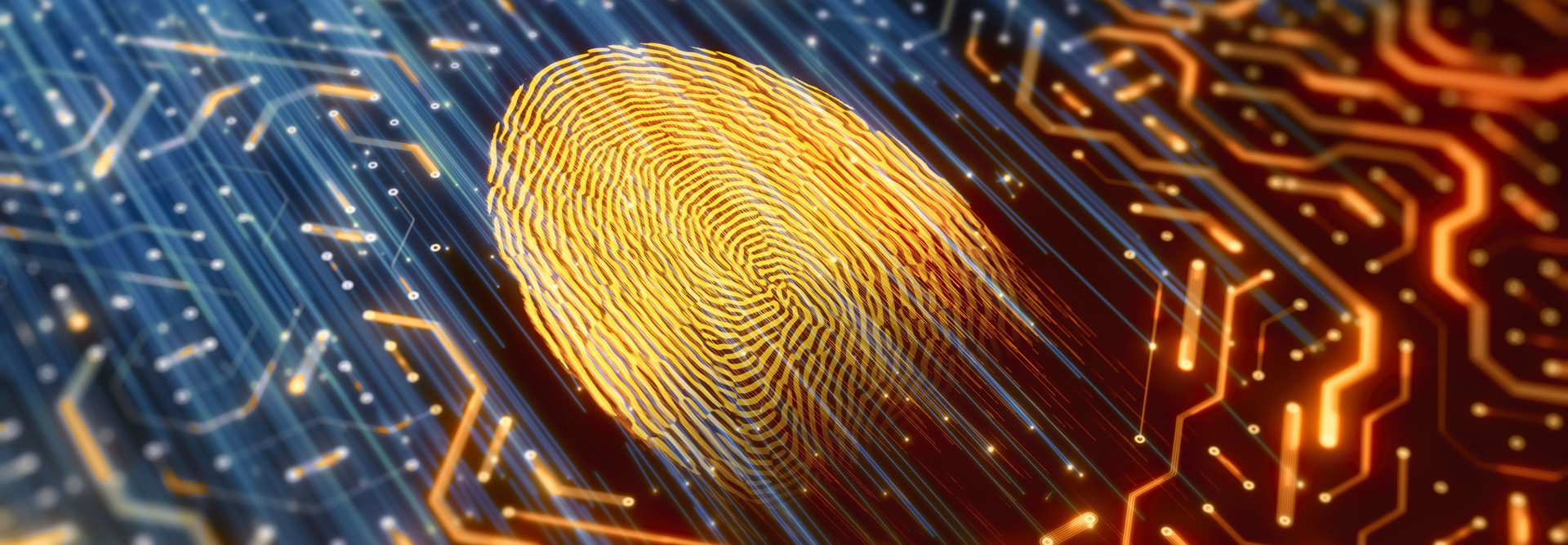Uses for Biometric Security in Healthcare
At Northwell Health, the largest healthcare provider in New York State, a 2018 rollout of biometric scans was designed to integrate iris and facial recognition technology into various functions throughout the hospital system.
Put into practice, the process is as simple as having an ID photo taken. “People are used to checking in at a kiosk at the airport, but in a medical setting, we’re working to make the process feel more personal,” Laura Semlies, vice president of digital patient experience at Northwell, recently told HealthTech.
Semlies notes that the “best users” of biometrics employ more than one measurement. The system, which has seen about 50,000 patients participate, may one day add voice recognition as an added layer of identification.
The concept has also taken off at the University of Pittsburgh Medical Center, which first implemented finger scanners in 2016 to reduce patient registration times for office visits. Today, UPMC maintains 3,800 biometric readers across 68 sites. To date, more than 630,000 fingerprints have been logged.
Most patients are eager to use their fingerprint to check in for convenience and security, Ed McCallister, UMPC’s CIO, told HealthTech. The technology, he adds, “is an excellent example of how we are aiming to make the consumer experience more personalized, coordinated and connected.”
Palm-vein scanning, meanwhile, is in place at NYU Langone Health and Harris Health System. The latter organization, based in Houston, uses it to alleviate confusion: Harris has 138,000 cases in which two or more patients have the same first and last names and dates of birth, Becker’s Hospital Review reports.
Biometric Scans and Privacy Concerns
Biometric authentication is certainly the most secure approach to verifying a user, but it also comes with a host of privacy concerns that may limit user acceptance, according to a CDW white paper on identity and access management solutions. Audiences might be hesitant to participate out of fear their data could be misused for other purposes.
A 2018 survey by the Center for Identity at the University of Texas at Austin found that 58 percent of 1,000 respondents feel very comfortable with fingerprint recognition technology; about 33 percent are comfortable with other forms of biometric technology.
Employers and healthcare providers, CDW notes, can alleviate some concerns by adopting a strong privacy policy that clearly states what biometric information will be collected and strictly limits the use of that information for authentication purposes only. Northwell Health, for one, has trained staff to explain the technology to patients.
Still, a growing consumer preference for healthcare processes to mimic the experiences of hospitality and retail is helping nudge the transition.
“If health systems acknowledge and embrace this fact, then moving forward with biometrics should not be a difficult process,” Michael Trader, co-founder of the artificial intelligence–enabled biometrics platform RightPatient, told Managed Healthcare Executive. Skeptics, he notes, “are in the vast minority and many of them are typically won over when they see the technology in action and witness firsthand the impact that it delivers.”
SIGN UP: Become an Insider for access to exclusive HealthTech videos, white papers and articles.
The Future of Biometrics in Healthcare
As biometric technology becomes more common — as user comfort grows and costs go down — the identification tools are poised to play a role in more functions than just check-in and access to records.
They could, as a 2018 report from biometric software company Aware notes, one day be used as an out-of-band multifactor authentication — such as letting individuals log in to their patient portal via a fingerprint scan after a failed password attempt. Biometrics may also be used to bring an added level of security and convenience to telemedicine tools.
More comprehensive applications are in the works: Northwell Health envisions every patient encounter starting not only with taking a picture to identify a customer and his or her record but also with using CCTV to detect their arrival and provide customized directions, wait times and introductions to clinicians providing treatment.
“We intend to also pilot and test opportunities through AI that can identify indicators from changes in appearance, pointing to clinical indicators,” Keely Aarnes, Northwell’s IT director, told Healthcare IT News. “With a longitudinal view of the patient’s pictures, there are many opportunities to create alerts to the patient’s care team.”











